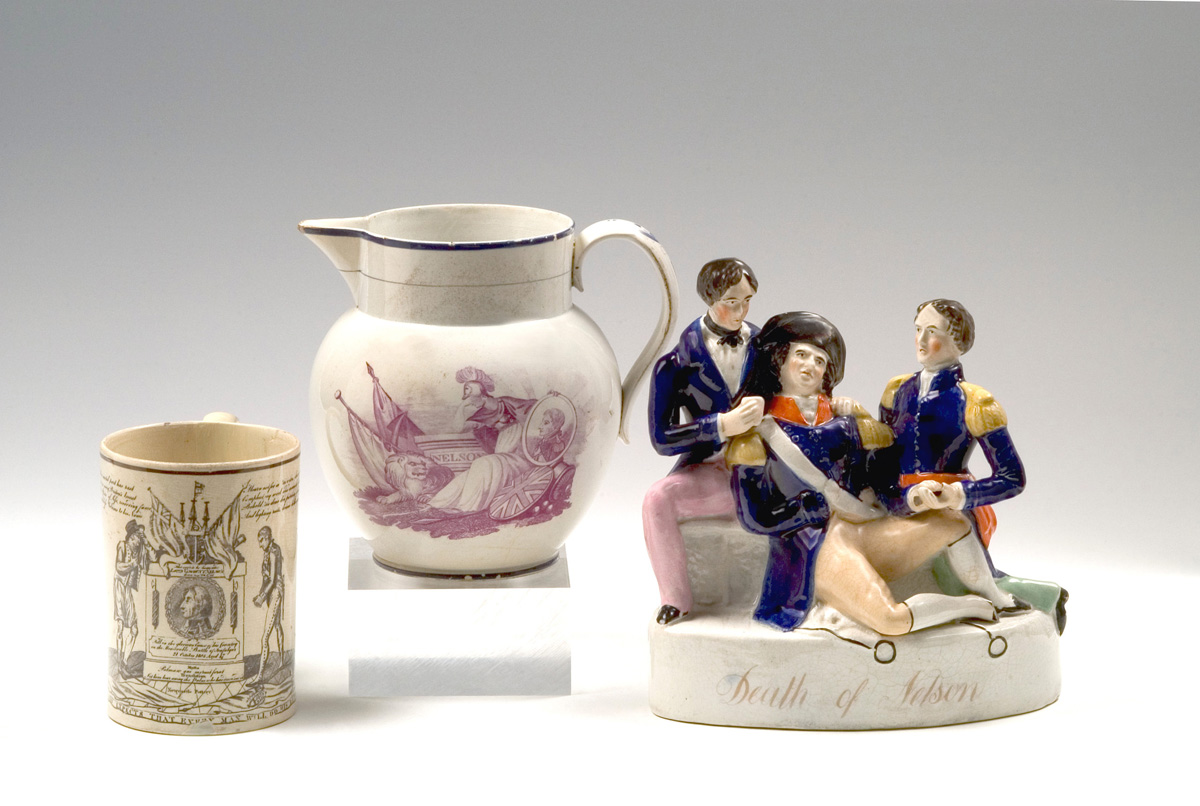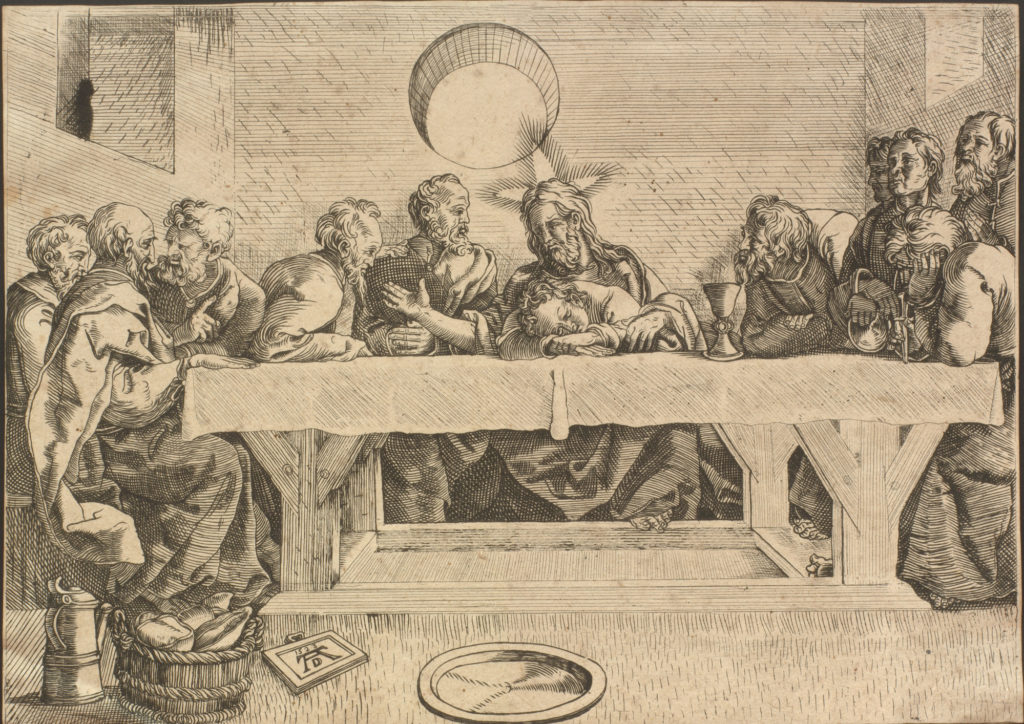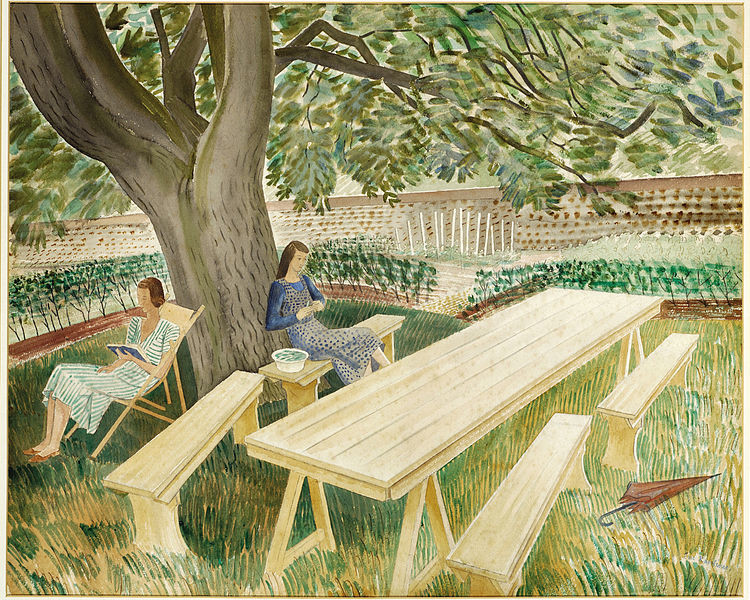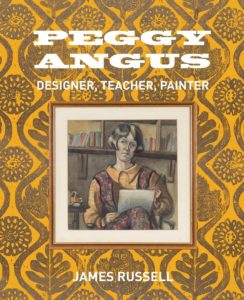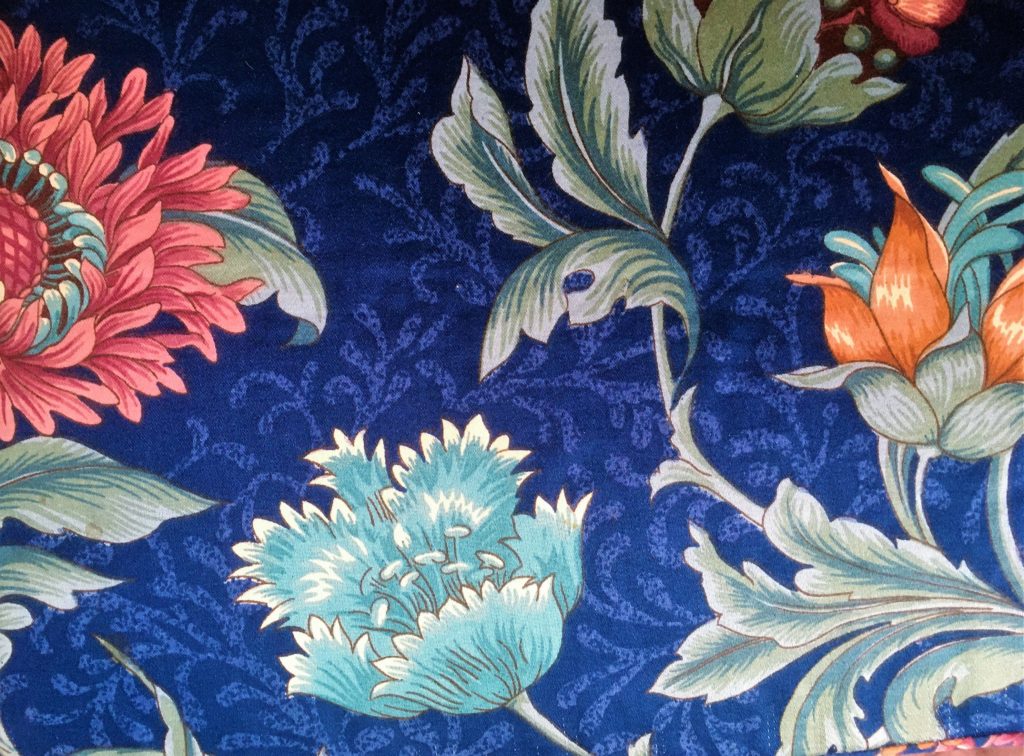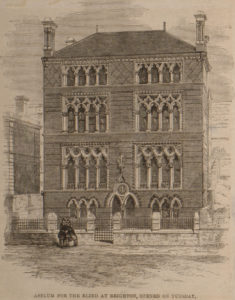
This is a legacy story from an earlier version of our website. It may contain some formatting issues and broken links.
Rainbows have become a familiar sight in people’s windows up and down the country carrying messages of hope and support for the NHS, keyworkers and our communities during the Covid-19 lockdown. Today’s 100 Pioneering Women of Sussex blog focusses on Elizabeth Matilda Taylor, a remarkable woman who made ‘rainbows in the darkened lives of her deaf-blind fellows’ and the world a less isolated place for people living with duel sight and hearing loss.

Elizabeth M Taylor, taken from Music and Light in the Dark Silence (1936)
Elizabeth Matilda Dunk was born in Hastings on 25 April 1864, the fourth child of a large family to a bricklayer father and tailoress mother. Ailing from infancy, her attendance at school was so irregular that her name was not retained on the register. Absences from school were often for weeks at a time and resulted in her leaving permanently at age about 12. Soon after Elizabeth began to suffer the early symptoms of the disease that would eventually rob her of her sight and hearing.
The loss of the sight in her right eye was believed to be the result of either sunstroke or a cold. After initially trying home-made or ‘off the shelf’ remedies, Elizabeth was then sent to see doctors and endured long periods of misapplied medical treatments. At one stage she was sent to the Kent County Ophthalmic Hospital (KCOH) in Maidstone and was due to undergo an operation to remove a cataract. The operation was not performed. It was not a cataract that had caused the sight loss but a worn out lens.

Engraving of the Asylum for the Blind at Brighton which opened on 22 October 1861
Although the sight in her right eye was gone Elizabeth could still see with her left and still had very acute hearing. Unfortunately, just before her fourteenth birthday she was struck down with a fever and the disease had started to affect the other eye and her hearing. She was readmitted to KCOH for 19 weeks, enduring a great deal of pain with the inflammation and almost constant application of leeches and other remedies of the time. In May 1879, aged 15, Elizabeth was admitted to the Brighton & Sussex Blind Asylum (Brighton Blind School) in Eastern Road, Brighton.
Although her hearing had been badly affected, she could still hear and talk to others with the use of a long conversation tube. This meant she could be admitted to the school for education in the various ‘arts for the blind’. In her book Music and Light in the Dark Silence (1936), she remarks on how different the Brighton school was in comparison to others she had read about. The school was ‘spacious, clean, well-appointed and well disciplined’.

Photographic print of Dr William Moon (1818-1894), inventor of the Moon reading system for the blind
Although the braille system was not in general use then, they were taught how to write in it. Many of the books they had to read had been produced in Moon Type, invented by Dr William Moon of Brighton. Sadly, they were few in number, cumbersome and expensive to produce but were invaluable to those who had nothing better.
Elizabeth’s first term at the Brighton Blind School ended abruptly and very painfully, when enjoying a session with her friends on the plank swing in the garden. She lost her footing and in trying to get back on to the plank, her ankle and foot got caught under the swing and was badly broken. Her first holiday from school was spent in hospital.
Fortunately, she was readmitted to the school and she would continue to learn an occupation – hers was intricate knitting and crochet, which she already loved and spent much of her spare time doing. Sundays were her unhappiest days when to knit or crochet would have been to ‘wilfully break the Sabbath’.
In her book, there are descriptions of the seasonal celebrations at the school with mentions of good food, a large Christmas tree, presents, trips and picnics on the beach, plus the annual outings to the Chinese Gardens in the wagonettes.
Unfortunately, an accident with Elizabeth’s hearing tube had rendered her painfully and totally deaf. Luckily a new admission to the Blind School brought her into contact with a new friend, Sarah, who vowed to become Elizabeth’s ‘ears’, helping her around the school and interpreting lessons for her. Sarah also taught Elizabeth the manual alphabet and took communion with her. Sadly, Elizabeth lost her wonderful friend to illness a short time later.
In 1892, a blind acquaintance of Elizabeth’s sent her 36 copies of ‘Santa Lucia’, the first magazine to be published in Braille. This lovely donation eventually led to her getting to know sympathetic editors and philanthropists. When Elizabeth’s father died, she knew she had to contribute more to her own maintenance. What had once been a hobby, her knitting and crochet, now had to generate an income. Unfortunately, that meant the luxury of reading had to be set aside.
Elizabeth married Benjamin Taylor in 1912. He was a basket maker and also from Hastings who she had originally met at the Brighton Blind School.
In time it became a concern to many friends and sufferers that those with the dual afflictions of deafness and blindness (and for some an inability to speak), were being left too much alone and ‘shut in’ on themselves, not being understood and receiving no help from society. They decided that they needed a separate society specifically for deaf and blind people.
In 1928 and aged 64, Elizabeth was amongst a group of friends and supporters who founded the National Deafblind Helpers League. Among its aims was to lessen severe isolation and promote happiness to the bearers of dual sensory loss.

Today, the magazine is called Open Hand. Courtesy of Deafblind UK
As the group expanded they decided some method was needed to link scattered individuals together. Elizabeth proposed a ‘pass it on’ quarterly magazine. It was agreed and Elizabeth was appointed to set it up and act as the first editor. One of the first tasks was to come up with a suitable title. Various names were suggested, but one morning Elizabeth had a mental picture of a magnificent rainbow, from memories of those she had seen as a child. The Braille Rainbow, later renamed Rainbow, became the title of the magazine and the emblem of the League.
The Rainbow started with about 50 readers. In 1931, through the generosity of the National Institute for the Blind (RNIB), it evolved into a journal of 100 copies per issue, containing 40 full size pages. By 1936 they were producing 300 copies containing 52 pages.
Circulation was not just within the UK but also overseas. Some were printed in Moon Type for those who through age or other disabilities had been unable to learn Braille. Through the early ‘pass it on’ method of circulating the magazine, many readers piggy backed pen pal letters along with the magazine each quarter, giving them access to many more friends who understood their afflictions and personal trials.

Moon Type embossing plate featuring a Key to Moon Alphabet
The National Deafblind Helpers League also worked with other groups to amend the Post Office Act to enable articles for the blind to eventually be posted free of postal charges in the UK.
Elizabeth was widowed in the early 1920s and moved to Rednal near Birmingham. This was probably to be closer to the headquarters and respite home set up by the National Deafblind Helpers League. She was a much-loved editor, friend, family member and colleague to those in the League. She died on 3 May 1947 aged 83.
The 50th anniversary copy of The Rainbow carried many wonderful letters containing personal memories of those early days of the League, the magazine and of Elizabeth’s warmth, humour and love.
Written by Jeanette Eason, great great great niece of Elizabeth Matilda Taylor
Further information about living with sight and hearing loss and deaf-blind history can be found on the websites of Deafblind UK, the RNIB and the Helen Keller Archive.
Elizabeth’s eulogy, transcribed below, was reproduced in the New Beacon, magazine of the RNIB, in June 1947.
A Noble Woman
The death of Mrs E M Taylor, announced elsewhere in this issue, deprives the deaf-blind community of a friend whose influence can be likened to the golden light of a summer’s dawn and the music of a trumpet of silver seen and heard throughout a dark and silent land.
Faced early in life with darkness, silence and straightened circumstances, she fought a valiant fight and emerged triumphant armed with experience and winged with resolve to devote all her capabilities to brighten and enrich the lives of her deaf-blind fellows.
To those who enjoyed the privilege of her friendship she was veritably an angel of light. Her charming personality, her quiet strength of character, her cheerful humour, her faith, her wisdom, her dignity and poise, were the characteristics of a remarkable woman whose accomplishments and achievements are worthy of a shining record in the chronicles of the indomitable spirit of human kind. That frail body and gentle appearance concealed a heroine, one who was always unafraid in the face of fearful odds.
Yet perhaps it was her womanliness, her intensely feminine lovableness, which was cherished most by her friends and it is her womanliness which will serve them now to embalm memory with fragrance.




